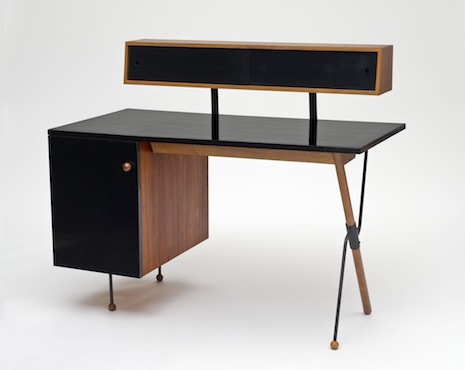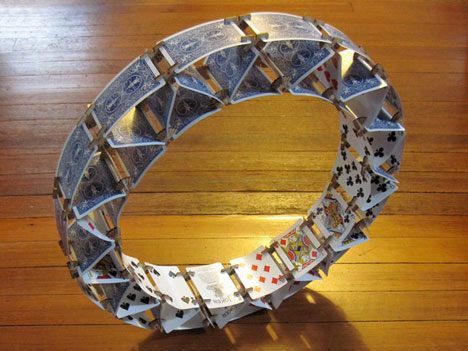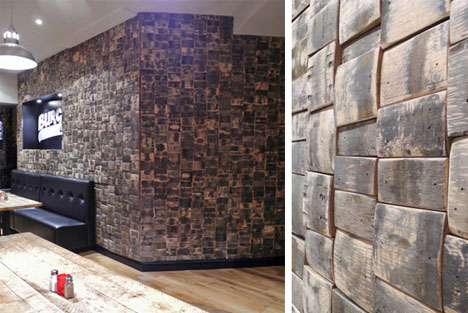 Reporting by Carly Ayres; Photos by David O'Connor
Reporting by Carly Ayres; Photos by David O'Connor
"Life code is going to change the world in some pretty fundamental ways, including the world of design."
-Juan Enriquez
Juan Enriquez was the inaugural speaker for the Rhode Island School of Design's three-part Presidential Speaker Series, "Shared Voices," which kicked off this past Thursday evening. The series is intended to provide a forum for artists, designers, activists, scientists, and other scholars to come to RISD and engage in thought-provoking conversation that will hopefully influence and inform their own work.


The chairman of Biotechonomy LLC, fondly profiled as "Mr. Gene" by Fortune, Enriquez seemed like an unlikely presenter at the art and design school. Following a campus tour led by John Maeda, however, Enriquez said he saw parallels between the average RISD student and a pre-med student in the "sheer intensity of the work, single-minded determination, and focus on discovery." The urge to discover something that people haven't seen or discovered before was something he saw in both fields, a path that required experimentation, numerous iterations, focus, and "a degree of arrogance." Specifically, "the process that you are using here is 90% incredibly hard, focused work, and 10% incredible creativity and inspiration doesn't look to me very different from what a bio lab or a physics lab or a chemistry lab does."











 [Image above via
[Image above via 





















 All images courtesy of LACMA, Decorative Arts and Design Council Fund
All images courtesy of LACMA, Decorative Arts and Design Council Fund
 Greta Magnusson Grossman Above: Desk (with storage unit), 1952. Walnut, iron, formica. Below: Lamp, model 831, 1949. Iron, aluminum.
Greta Magnusson Grossman Above: Desk (with storage unit), 1952. Walnut, iron, formica. Below: Lamp, model 831, 1949. Iron, aluminum. 
 Image courtesy of Studio Lin
Image courtesy of Studio Lin









 Photo by Ros Kavanagh
Photo by Ros Kavanagh The Tunnel - An Uaimh; Photo by Ros Kavanagh
The Tunnel - An Uaimh; Photo by Ros Kavanagh Photo by Ros Kavanagh
Photo by Ros Kavanagh







